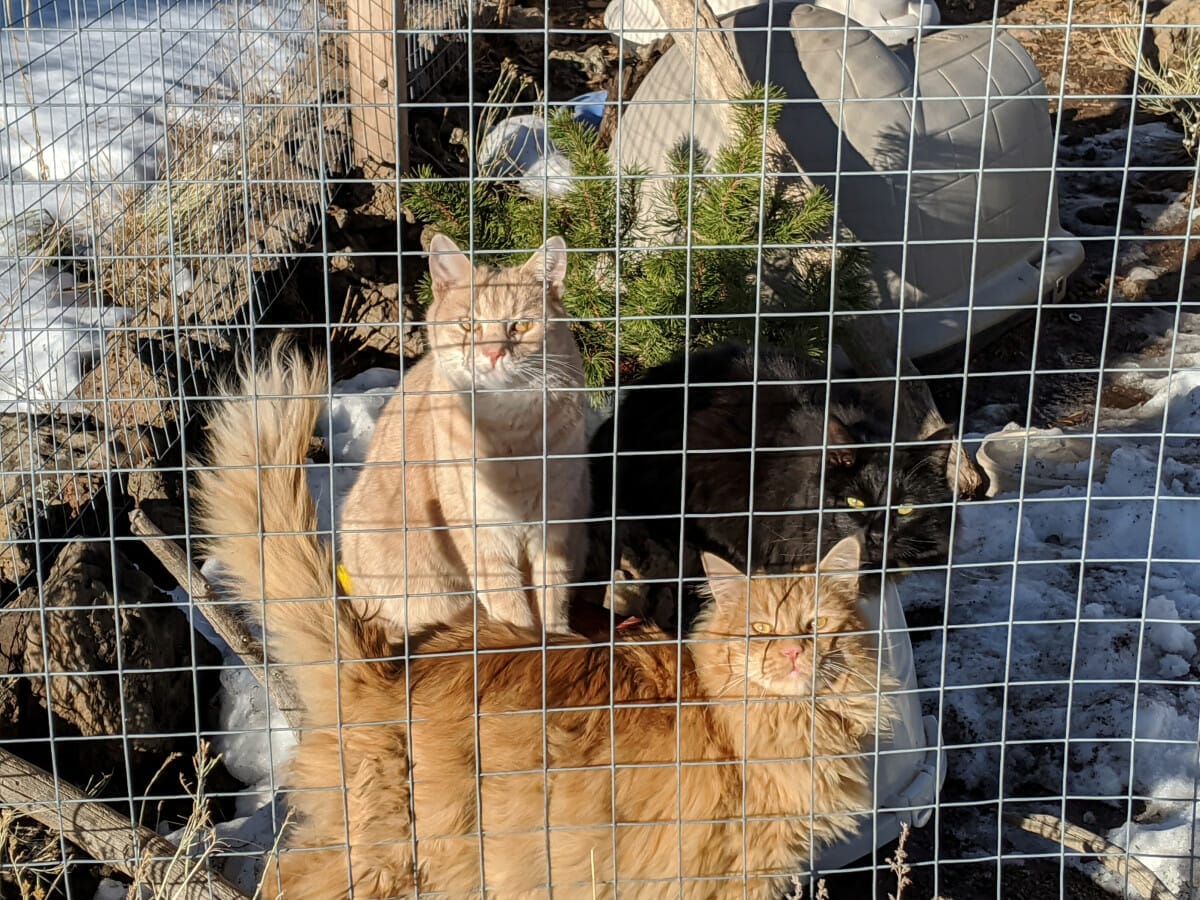Animal Hoarding:
What Happens to the Animals Once They Are Rescued?
Animal hoarding is something that is more common than you might think. And unfortunately, it is on the rise. The most common animals that are hoarded are cats and dogs and hoarding can consist of hundreds of animals. The media shares a lot about animal hoarding cases, but what they do not talk about as much, is what the animals go through once they are rescued.
There are 3 major things that are seen with animals once they are rescued, malnourishment, disease/illness and severe trauma. Rescuers work hard to help the animals regain their health, but it is a big undertaking and can cost thousands of dollars. Every animal that leaves a hoarding situation needs to be examined by a veterinarian and the vast majority will need some type of medical care. Some will need lifelong care, and those animals are usually harder to find homes for. In addition to that, these poor animals have undergone trauma by the hoarding situation and by the rescue. These animals normally come from dirty, tight quarters with little veterinary care and without enough food or water. It is traumatic. It takes time, patience, money, and usually foster homes to get the animal ready for adoption. Sue Marue the founder of the Arizona based cat rescue, Ark Cat Sanctuary had this to say, "We have taken in dozens and dozens of cats from all over Arizona that have been rescued from hoarders. The lucky ones can be up for adoption within weeks. But for some, they will never be ready for adoption and will live out their days at Ark or we cannot save them because they are just too sick. We have one little tabby that we rescued from a hoarder in Phoenix over a year ago that just last week allowed us to pet her and love her. Sometimes it takes that long. The problem with that is most rescues cannot take a year for an animal to come around. They don't have that kind of space or time. It isn't their fault; it is just how it is. We deal with overpopulation, under-funding and just not enough help. Unfortunately, it’s the animals that suffer."
One thing to also keep in mind is that people who hoard animals, and have the animals taken away, are at a higher risk of suicide and/or suicidle thoughts. This is a traumatic event and needs to be treated as so. It is important to get the person help to work through the psychological trauma that may occur. Lasting success is more attainable when there is a plan put into place for professional help.
As a community, how can we help? What impact can we make?
* Please contact your local animal rescue to make a donation or volunteer your time
* If you see an animal in distress, contact authorities
* Let the animal hoarder know that it is okay to ask for help
* Contact your local social services department
*Give the person who is hoarding information about a company who can help them regain their home
For more information on how to identify an animal hoarder please visit https://www.aspca.org/animal-cruelty/animal-hoarding/closer-look-animal-hoarding. You can also contact us at info@BioOneScottsdale.com or 480-276-4061. One of our owners, Rebecca, is on the board of directors for an Arizona based animal rescue and can help you navigate getting the help you need.



